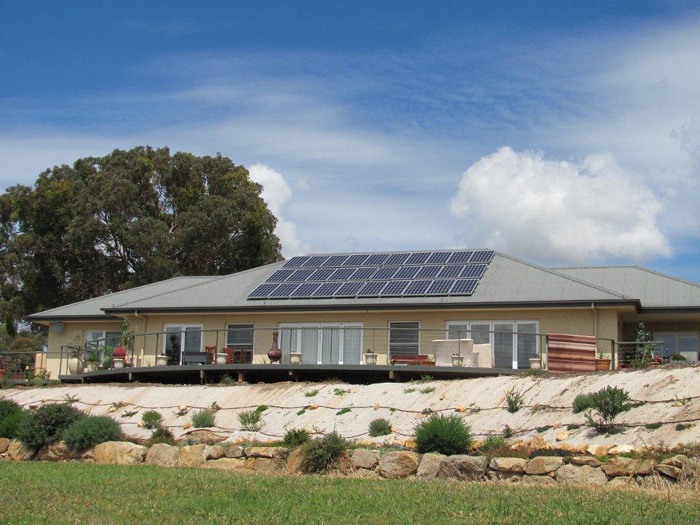Understanding Energy and Power in Solar Systems
Energy and power are two different concepts often interchanged and confused when getting to grips with understanding solar power.
Power is the rate at which we use energy. Say for example we take a fully charged battery and connect it to something. It could be a small clock that will last for a year or it could be a camera which may last a few hours. When the battery is drained, both the clock and the camera have used the same amount of energy. The clock is a low power item as its using the energy slower. The camera is a higher power item.
Power is measured in Watts. Most appliances will have their power rating on the name plate on the appliance. Energy is measured in Watt Hours in solar systems.
Energy used by an item is equal to the power of an item multiplied by the time the item is on for.
Ie Energy = Power x Time.
Eg a 100 Watt TV on for 4 hours uses 100W x 4 Hours = 400 Watt Hours of energy.
When you get your energy bill, its the energy you pay for, not the power. Its a bit like when hiring a car. You pay for the distance travelled, not the speed at which you travelled when travelling that distance.
We need to balance the energy used in the home by the energy supplied by the solar panels If we have 1000 Watts of solar panels on the roof and an average of 4 hours a day of winter sun, then we will put in 4000Watt Hours of energy into the batteries. This never really happens in practice as there many losses along the way from the panels to the batteries. Typically only 60% to 80% of this energy can be used due to panel mismatching to the batteries, losses in wiring, battery and inverter inefficiencies.
Energy in solar batteries
Battery energy capacity is measured by the battery Volts and Amp hour rating.
The energy stored in a battery is given by the volts x the amp hours of the battery.
Eg 48 volts x 1400Amp Hours = 67,200 Watt Hours. In a solar system we usually only drain the batteries by 10% to 15% of their capacity per day. In this way they will last much longer and also there is reserve for days when there is no sun. 10% of 67200 Watt Hours = 6700 Watt hours.
Energy budget
To work out how big a system we require, we need to add up all the energy usage of all the appliance in the house. For most items this means, getting its power rating and seeing how long it is on for per day (on average). Items like fridge’s and washing machines, we need to measure or look at the manufactures specifications. We generally do this for the winter usage as that’s when the sun is less plenty full.
See the table on the last page for some typical household energy usage.
Download this information and more, in the CJ Solar Understanding Solar Power and Energy PDF




